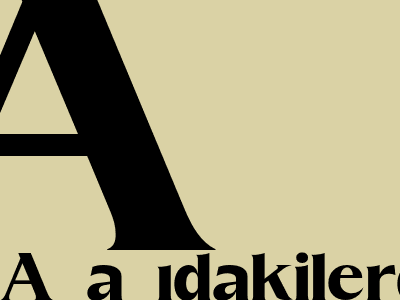
Aşağıdakilerden Hangisi Meslek Hastalıklarında Birincil Korunma Yöntemi Değildir?
Occupational Diseases: Effective Primary Prevention Methods
Introduction
Preventing occupational diseases is crucial for maintaining the health and well-being of workers and ensuring a safe and healthy work environment. Effective primary prevention strategies play a vital role in minimizing the risks and incidence of such diseases.
Primary Prevention Methods in Occupational Diseases
1. Hazard Identification and Risk Assessment:Identifying potential hazards and assessing the associated risks is the foundation of primary prevention. By analyzing work processes, materials, and equipment, employers can determine the likelihood and severity of exposure to hazardous agents.
2. Engineering Controls:Engineering controls aim to eliminate or reduce hazards at the source. Examples include modifying equipment, installing ventilation systems, and automating tasks to minimize worker exposure.
3. Administrative Controls:Administrative controls focus on changing work practices to reduce exposure. This includes establishing safe work procedures, training workers, and implementing work-rest cycles to minimize fatigue.
4. Personal Protective Equipment (PPE):PPE is used as a last resort when other prevention methods are not feasible. Examples include respirators, gloves, and earplugs, which provide temporary protection against specific hazards.
5. Health Surveillance:Monitoring workers' health through regular medical examinations and biological testing helps detect early signs of occupational diseases. This allows for prompt intervention and treatment.
Method Not Considered Primary Prevention
**6. Treatment and Rehabilitation:**While treatment and rehabilitation are important for managing occupational diseases, they are not considered primary prevention methods. These measures focus on addressing the symptoms and effects of diseases that have already occurred.
Conclusion
Effective primary prevention strategies are essential for minimizing the risks of occupational diseases. By implementing measures such as hazard identification, engineering controls, and administrative practices, employers can create safer and healthier work environments. Regular health surveillance and the proper use of PPE further contribute to the prevention and early detection of such diseases.
Tidak ada komentar :
Posting Komentar